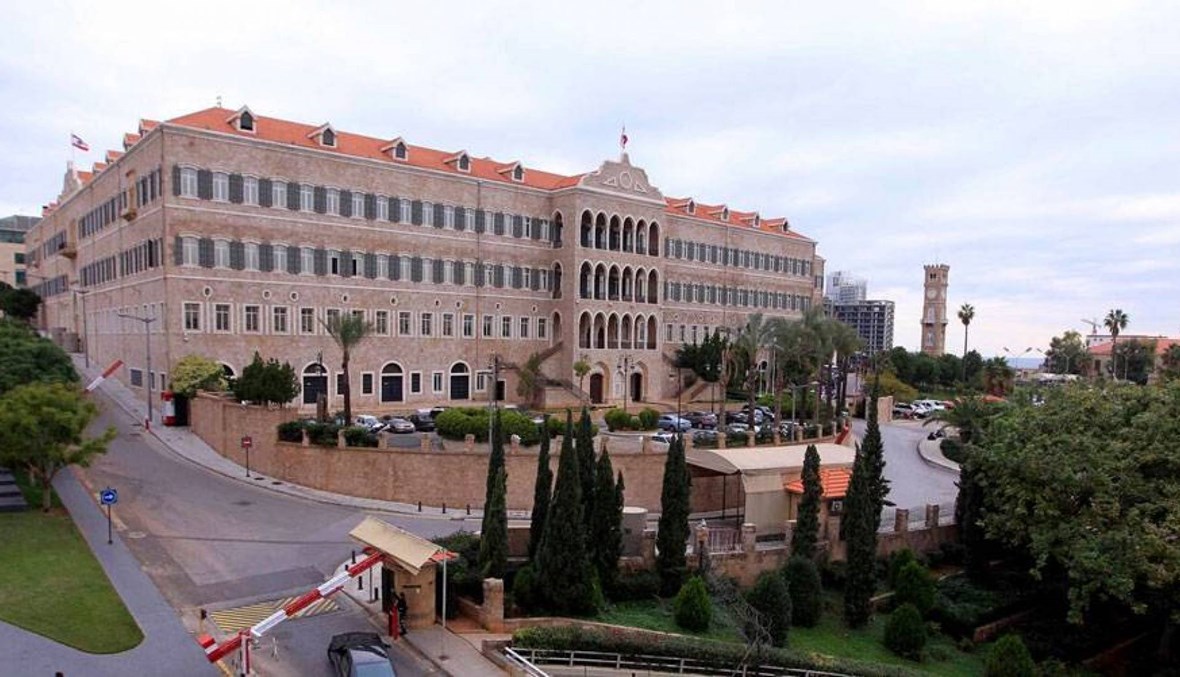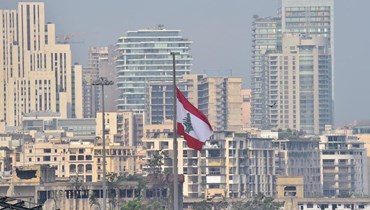Road map to an orderly restructuring of Lebanese public sector debt
21-01-2020 | 12:55
Source: Annahar
We believe Lebanon’s public debt is unsustainable. In line with our recently released Ten point plan to avoid a lost decade, we strongly recommend that the Lebanese government commences with a comprehensive restructuring effort — one that brings down the debt burden to a level the country can afford. Using scarce international reserves to make future Eurobond payments will be a mistake. Equally, the bond-by-bond rescheduling approach being discussed postpones the inevitable and is costly and inefficient. Sovereign debt restructurings are not un-precedented and best practices do exist. But for the effort to be successful, it should be part of a broader stabilization and reform package.How large is Lebanon’s debt?Repeated government deficits have led to an extraordinary accumulation of public sector indebtedness. From $25 billion in 2000, gross debt had mushroomed to $90 billion by the end of 2019—the equivalent of 150 percent of GDP. Lebanon today is the third most indebted emerging economy worldwide.However, this is not the whole story. This debt is likely to continue rising as a result of two additional factors:● The larger the FX depreciation, the higher the debt/GDP ratio. On the positive side, a large portion of the debt is in Lebanese Lira (LBP). A Foreign Exchange (FX) depreciation will therefore reduce the “real” value of debt. As an indication, if the FX settles at LBP2260/$ (i.e., a 50 percent depreciation); INSERT INTO articles (articleId, timestamp, date, title, teaser, slug, status, primaryCategory, description, authorId, sourceId, url, lastUpdate, hasImage, contents, summary) VALUES gross debt, when measured in USD, will drop from $90 billion to $71 billion. However, and by the same token, an FX depreciation will reduce the country’s USD-measured GDP. Again, for illustrative purposes, a 50 percent FX depreciation, when combined with a 20 percent inflation and an 8 percent recession, will reduce GDP from $60 billion in 2019 to $44 billion in 2020*1. Consequently, despite the FX-led dilution of LBP debt, debt to GDP will actually rise from 150 percent in 2019 to 161 percent of GDP in 2020. ● Deepening recession and public sector deficits will need to be funded through increased debt. First, the 2020 (and beyond) recession will result in a public sector deficit that will have to be funded through debt. Second, the official (IMF, World Bank, Cedre, etc.) funding support that the country needs will be debt creating. Finally, important quasi fiscal “holes” including, most prominently, BDL’s necessary recapitalization as well as the arrears recently accumulated by the fiscal authorities, will have to be recognized and will inevitably lead to significantly higher debt.Is Lebanon’s debt sustainable?No. The easiest way to see this is by examining what it would take to service the existing stock of debt. Given the $71 billion debt figure cited above (which is the debt calculated after the FX depreciation dilutes the LBP debt but before any new debt is accumulated as described above); INSERT INTO articles (articleId, timestamp, date, title, teaser, slug, status, primaryCategory, description, authorId, sourceId, url, lastUpdate, hasImage, contents, summary) VALUES a conservatively assumed 7 percent interest rate would lead to $5 billion (annually) in interest payments. Moreover, if one assumes a seven-year maturity on the debt, there will be an additional $5 billion in annual principal repayments. Combined, this $10 billion represents almost a quarter of 2020’s GDP. Seen in even starker terms, this amount is actually larger than the projected government revenues for 2020.Lebanon’s debt service burden is not a new phenomenon: it has been large and growing for years now. The government has sustained it thus far by borrowing the debt service and adding the amount to existing debt. However, a future repeat of this approach is extremely unlikely. First, the amount of new debt required to service the existing debt ($10 billion annually) is, in the foreseeable...

Support Independ Journalism
Subscribe to Annahar Premium
Subscribe to Annahar Premium
starting at only 6$
(this article is for premium subscribers)
Subscribe Now
Already subscribed?
Sign in


 اشترِك في نشرتنا الإخبارية
اشترِك في نشرتنا الإخبارية











